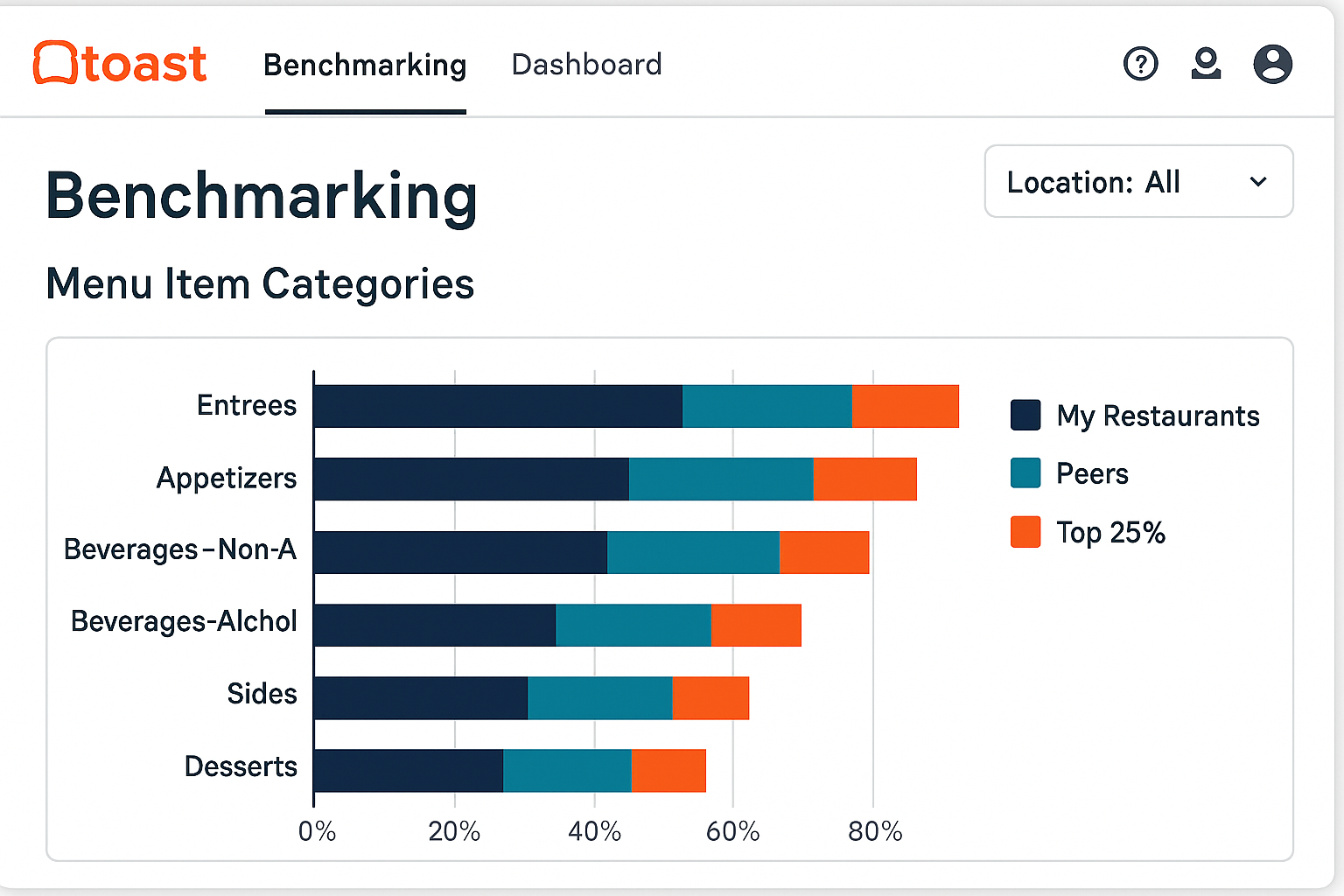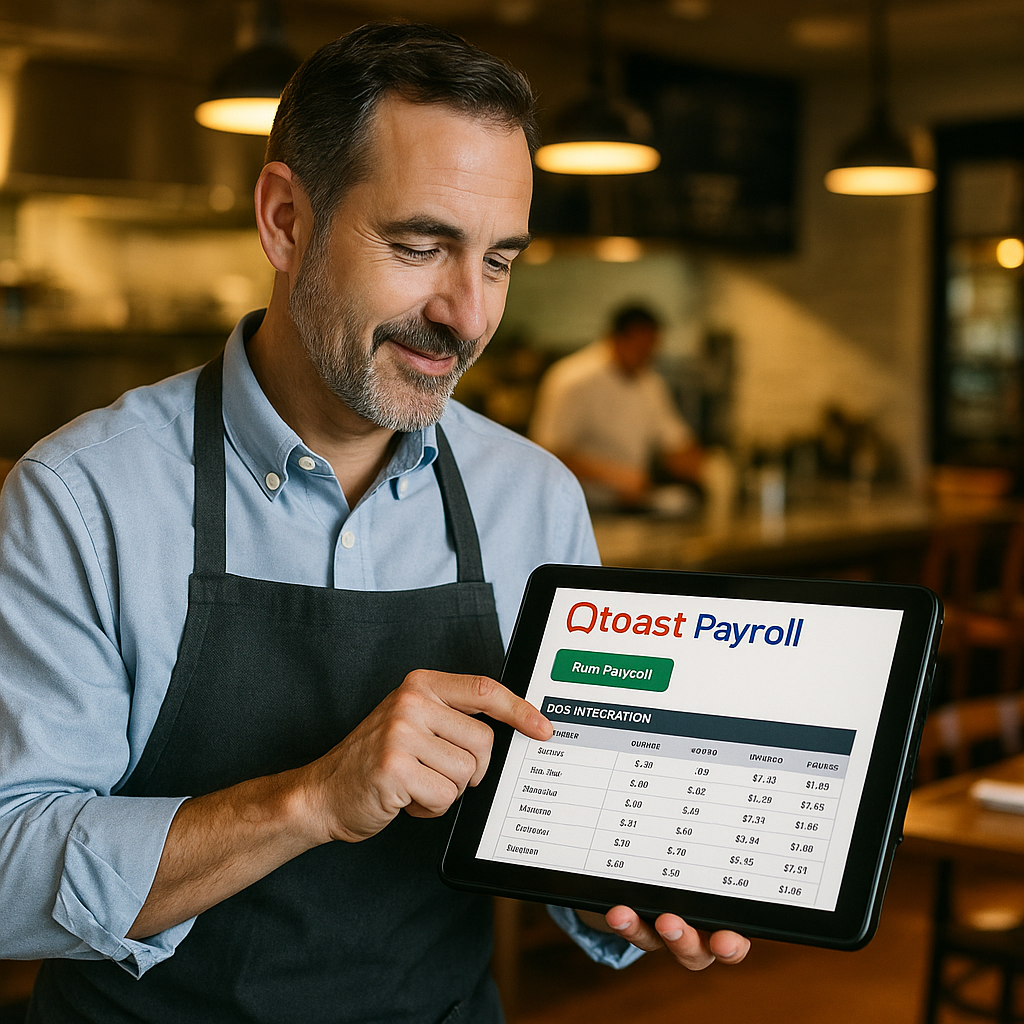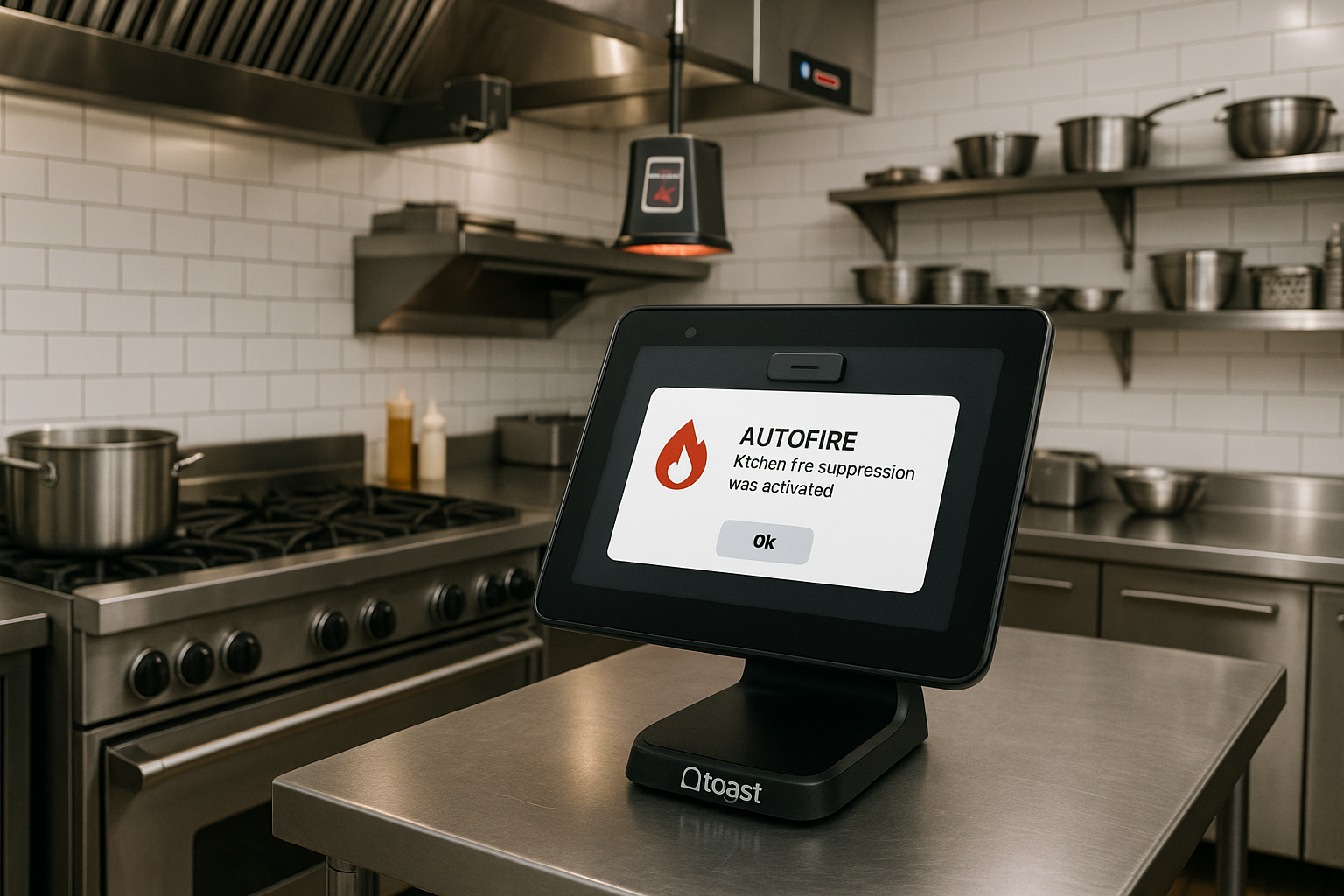Understanding Toast’s Benchmarking Features
Introduction
Toast’s Benchmarking feature is a powerful analytical tool designed to help restaurants make data-driven decisions. By aggregating key metrics from a variety of establishments, it offers insights that can significantly impact your menu strategies. However, an essential aspect of this tool is the proper categorization of menu items. When items are misclassified, it can skew data and lead to misguided conclusions. Understanding how these categorizations work is the first step toward leveraging Benchmarking effectively for your restaurant.
The categorization process in Toast’s Benchmarking allows businesses to place their menu items into defined groups, making it easier to analyze sales patterns and customer preferences. Each category can represent a specific type of dish, beverage, or service, enabling a more granular look at performance metrics. This structured approach helps restaurant owners pinpoint which categories are thriving and which may need a rethink in terms of marketing or menu design.
Moreover, the integrity of your data relies heavily on accurate categorization. If a popular appetizer is mistakenly classified as a dessert, the insights drawn from Benchmarking will not reflect the true performance of your offerings. By ensuring that each item is correctly categorized, restaurants can better track sales, understand customer preferences, and ultimately optimize their menus for profitability.
Importance of Accurate Menu Item Categorization
Proper categorization of menu items is not just a matter of organization; it directly influences the insights you can gain from Toast’s Benchmarking. Misclassifications can lead to erroneous conclusions about customer preferences and sales performance. For instance, if a cocktail is categorized under desserts, it could skew the analysis of both drink and dessert sales, resulting in poor decision-making.
Furthermore, accurate categorization allows for more relevant benchmarking comparisons. When restaurants in similar categories compare their sales metrics, they can uncover trends and strategies that may work for them. If your menu items are misclassified, you risk falling behind in the competitive landscape as you may miss critical opportunities to emulate successful strategies from your peers.
In addition, keeping your menu items well-categorized ensures that any updates or promotions resonate with your target audience. When guests can easily navigate a menu that reflects accurate categorizations, it enhances their overall dining experience, leading to increased satisfaction and repeat visits.
Steps to Review and Update Your Menu Items
To take full advantage of Toast’s Benchmarking tool, it is crucial to regularly review and update your menu item categorizations. First, log in to your Toast account and navigate to the Benchmarking section. Here, you can access the categorization options for each of your menu items. This process is user-friendly and allows you to make necessary adjustments easily.
Next, assess your current menu categories against real-time sales data. Are there items that consistently perform better in one category over another? If so, adjust their classifications to reflect this performance accurately. This not only helps you understand your sales better but also aids you in making informed decisions about future menu offerings.
Lastly, consider customer feedback as part of your categorization strategy. Sometimes, customers may associate a dish with a particular category based on their experience. By aligning your categories with customer expectations, you can improve their navigation through your menu, which can directly influence their purchasing decisions.
Enhancing Sales Comparisons Through Categorization
Conclusion
Optimizing menu item categorization is essential for leveraging the full capabilities of Toast’s Benchmarking. By ensuring that each item is appropriately classified, restaurant owners can gain valuable insights into sales trends and customer preferences. This data-driven approach not only enhances operational efficiency but also promotes better decision-making regarding menu design, pricing, and marketing strategies.
Regularly reviewing and updating your menu item categorizations is an investment in your restaurant’s future. Accurate data can lead to improved sales comparisons, allowing you to analyze your performance relative to industry standards. By adopting a meticulous approach to categorization, you empower your restaurant to thrive in a competitive market, fostering growth and enhancing customer satisfaction.


